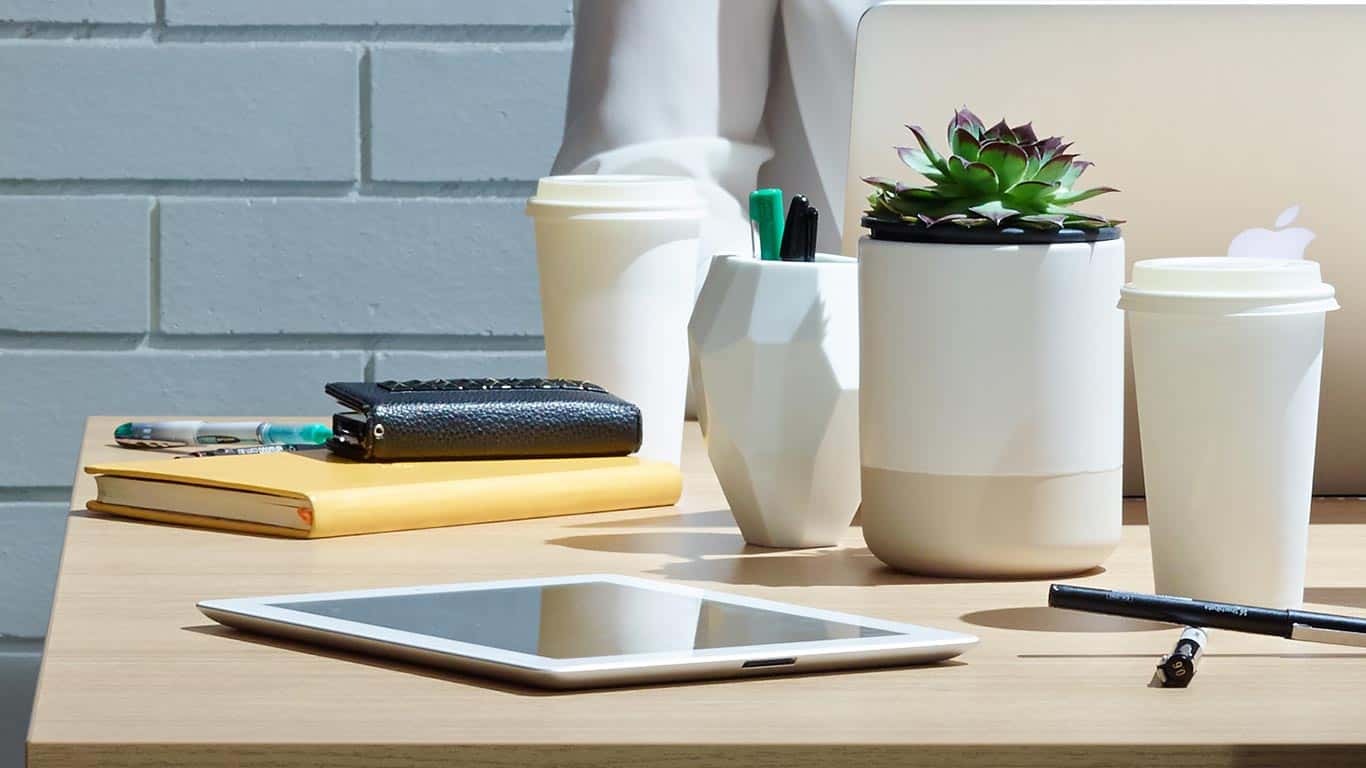
10 Jan Hot Desking, ABW, Flexible Working…. not for you?
How often do you walk through your office and see empty desks? Is their stuff there? a bag? the screens on but no one to be seen?
Where are they…? In the building? Grabbing a coffee, in a meeting, picking up their printing? Or out of the office… Dropped in and left their stuff, and gone out to a meeting, on site, in a clients office, travelling, sick on holidays?
The average cost of providing an employee with a CBD office desk is approx. $8,000/yr. ($600/sqm,900sqm,$110/sqm fitout cost, 35% incentive, 13sqm/person).
Research suggests that on average most people only occupy their desk 60% of the time. Leaving us with a space that is costing the business $3,500/yr/desk to sit vacant, a total of approx $245,000 per year to your bottom line.
There has been a great deal of evolution around the role of the workplace and how they are being designed to support the needs of the individual and the organisation, with concepts such as agile, flexible and free range working, not to forget the latest buzzword Activity Based Working. But whilst all these concepts sound great in theory, what does this actually mean for your organisation?
Many of our clients don’t believe that flexible or “hot desking” environments are a suitable solution for their business and their people, with a strong belief that there is something inherently linked in their culture with offering employees a piece of real estate to not only demonstrate there significance to the business, but ensure that they have personal space and a home in the office. But this approach to workplace space allocation comes at a price, or a compromise.
In collaboration with these clients we have developed solutions that respond to their individual business needs and cultures.
By maintaining the individual allocation of seating but with the inclusion of increased staff amenities, we can enable a reduction in the amount of personal space. Whilst the idea of providing employees with smaller desks and in many cases no or limited offices, might sound like efficiency taken to a new and possibly unpleasant level, the reality is quite the opposite (view our Plantation Homes Case Study here).
In today’s technological society our needs at work have changed, and whilst we may still require to shuffle paper across our desk on a daily basis a large volume of our work is completed electronically, shifting our requirements from requiring a larger desk surface to that of requiring more screens to view and manage our content. As such the physical desk size is no longer measured by what you need to put on it, but more so by the number of screens you wish to view.
We also need to look at the tasks performed by the various groups or departments within the space.
By breaking down these tasks we can begin to analyse what other supporting spaces are needed to create a dynamic and functioning office; team meetings, robust discussions, skype/teleconferencing/webinars, collaborative brainstorming, individual quiet concentrative work, social activities, one on ones etc.
Adding these shared support spaces, that encourage employees to move around the office, which creates incidental exercise, encouraging a healthier workforce (more benefits here). These spaces also increase the possibility of “bumping” into other employees (more on that here), and enable us to reduce the amount of personal space allocation, and it is because we are reducing personal space that we can introduce these shared support spaces, and increase efficiency. Whilst this solution doesn’t remove the “empty desk syndrome” from your office equation is does increase the effectiveness of the space you occupy.
Your office is the space that represents your business to your clients and your employees.
The design of this space is not a one size fits all approach and what worked for The Jones’ is unlikely to work for you. It needs to tell the story of your organisation through the way people experience it and interact with it. This is a story that is unique to you and the only way to build this is by starting at the beginning and understanding who you are and what you are looking to achieve. Then the workplace is wrapped around it to meet your goals, in a way that it becomes the best possible asset it can be for your business.


